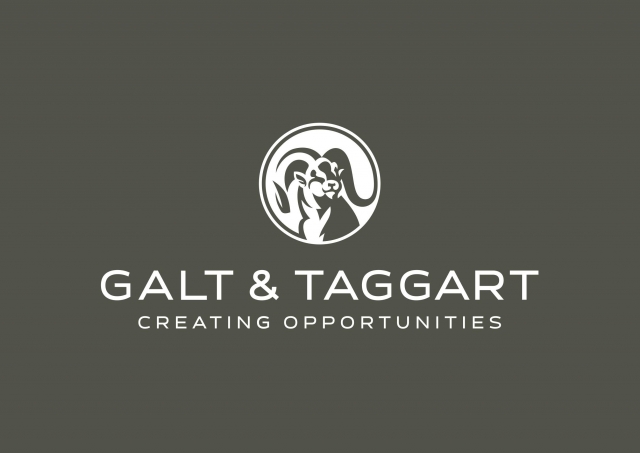Tourism – Standing Strong
Tourism has been one of the most important and fastest growing sectors of the Georgian economy, posting an impressive 21% compound annual growth rate in the number of visitors over 2000-2014. New York Times, Lonely Planet, the Guardian – just a few media outlets that have praised Georgia as not only an exotic destination, but also an increasingly cheap one, due to the currency devaluation of the recent months. Alongside exports, foreign remittances, and foreign direct investment, tourism has been the most significant source of hard currency inflow into the country.

Amid the regional economic turbulence and currency depreciation, international arrivals to Georgia have held up quite well, in comparison to other sources of foreign currency inflow. Georgia had seen weaker arrival numbers since the end of 2014, with FY14 annual growth coming in at to 2.3% to reach 5.5mn total visitors. With neighbors accounting for roughly 90% of total visitors, a substantial drop (9.7% y/y) in visitors from Turkey, the largest contributor in 2013, was the key reason for the weaker growth in 2014. In 1Q15, while exports and foreign remittances took significant hits, arrivals only decreased by 2.2% y/y. Starting with April 2015, tourist numbers have been on the rise, first with a slight increase in April, followed by a significant jump in May arrivals of 14.7% y/y. Russia (+42.5% y/y) and Armenia (+33.1% y/y) were the key contributors. The recovery in May has brought the 5M15 result to a 2.0% increase in 5M15 compared to the same period last year.
Total travel inflows to Georgia increased by 3.9% y/y in 2014 to US$ 1.8bn, which translates into per visitor spending of US$ 324. Georgia is currently visited by more lower-yielding visitors than higher-yielding ones. According to the World Bank, average visitor spending stood at only US$ 355 in 2013, significantly below that of Georgia’s peers such as Croatia (US$ 887), Montenegro (US$ 702), Bulgaria (US$ 671) and Estonia (US$ 624). The average visitor to potential peers spends US$ 750, double that of average visitor spending in Georgia, leaving significant room for growth. The low per visitor spending, in comparison to that in peer countries, is partially explained by a low share of tourists in total visitors. In 2014, only 40% of total visitors stayed in the country for longer than 24 hours, though the number is up from 38% in 2013. The country’s tourism policy to attract high spending visitors, which would entail growth in the share of such tourists, should help increase tourism spending in the medium term.

Georgia’s National Tourism Administration plans to spend around GEL 7.7mn in 2015 on marketing campaigns in Eastern and Western Europe, as well as China. Such marketing campaigns are expected to result in arrival growth from those regions, attracting more high-spending visitors. Furthermore, there are major business and sports events lined up for 2015, which we estimate will bring in an additional 40-50,000 visitors and provide a welcome boost to foreign inflows. The EBRD Annual Meeting has already taken place in Tbilisi in May 2015, attracting around 2,000 delegates from over 60 countries. The meeting was organized for the first time in the South Caucasus region and included panel discussions and country investment outlook sessions. The Black Sea Trade and Development Bank will be holding its annual meeting in Tbilisi in June. The UEFA Football Super Cup and the Olympic Youth Festival will be taking place in the capital this summer. Such events are of paramount importance in building the country’s image so the world can discover Georgia as a real tourist destination.
Given recent tendencies, we expect arrivals to stay roughly flat in 2015. Despite the depreciation of regional currencies, Georgia remains a cheap destination. As a result, we do not expect a substantial drop in visitors from neighboring countries and anticipate a rebound starting next year from the lower base. On the spending side, we do not expect growth in total travel inflows to Georgia in 2015, but the country’s tourism policy to attract high spending visitors should help increase tourism spending in the medium term.
Giorgi Iremashvili (Galt and Taggart)











